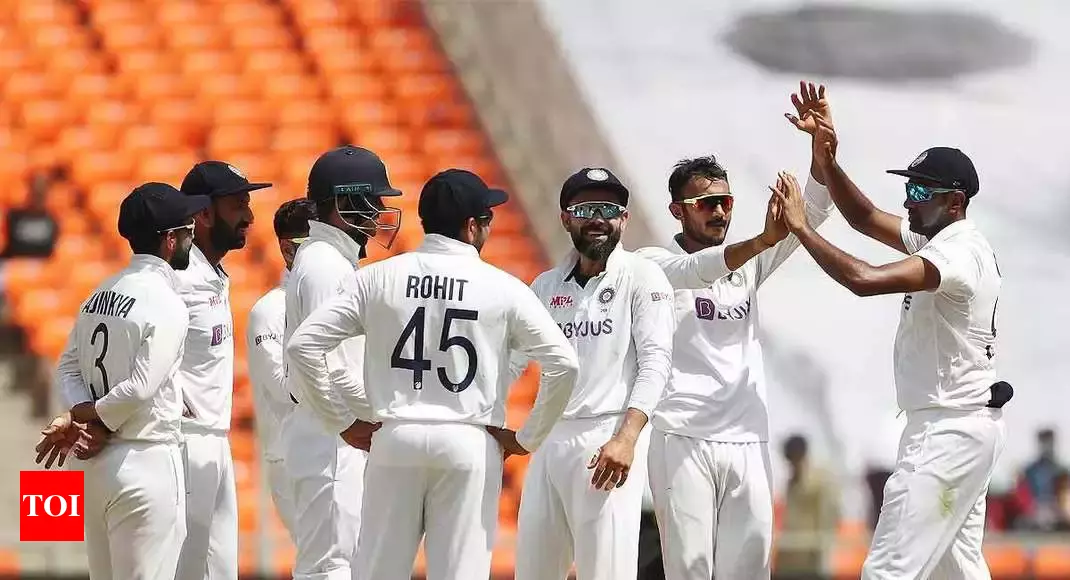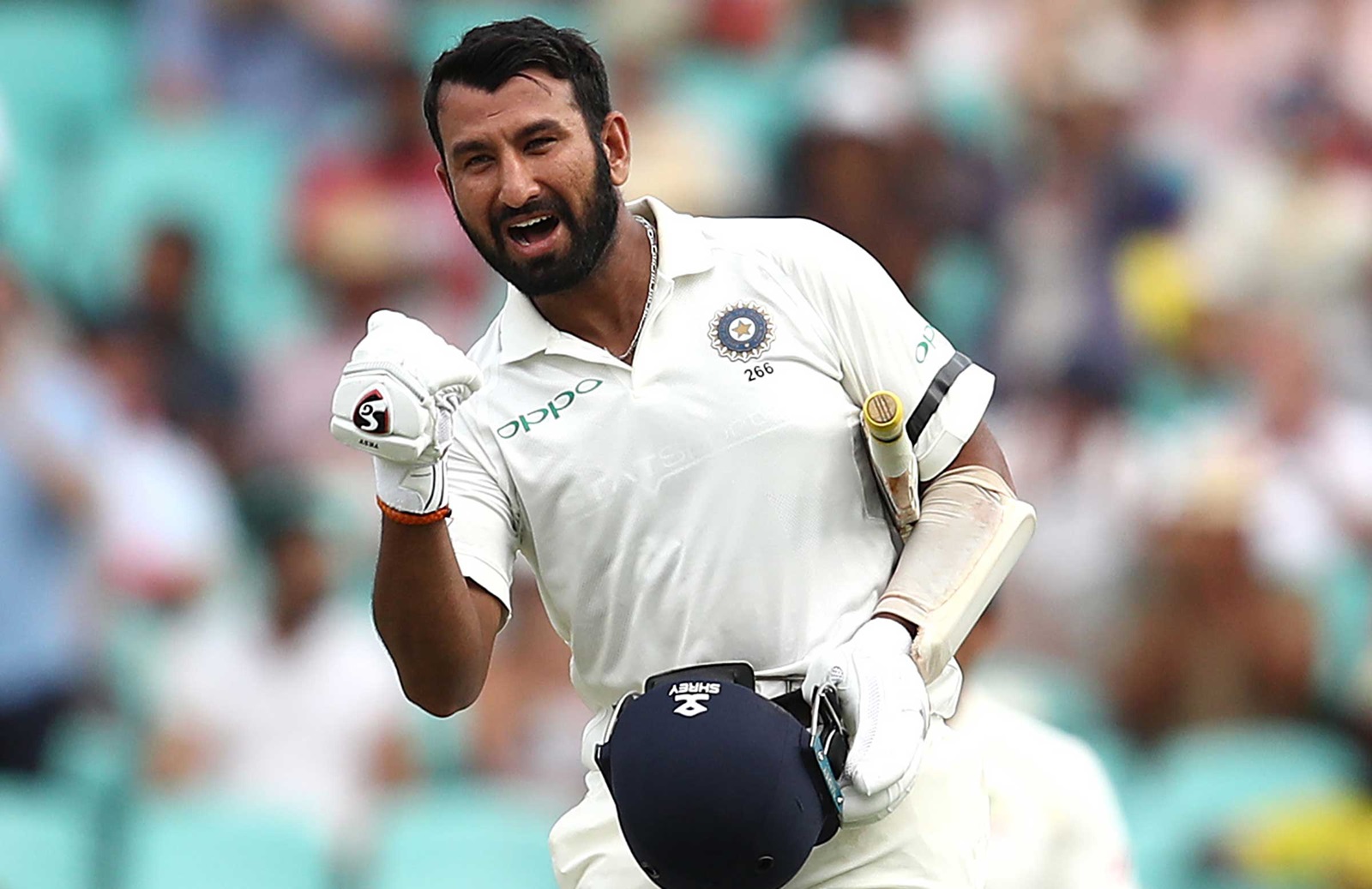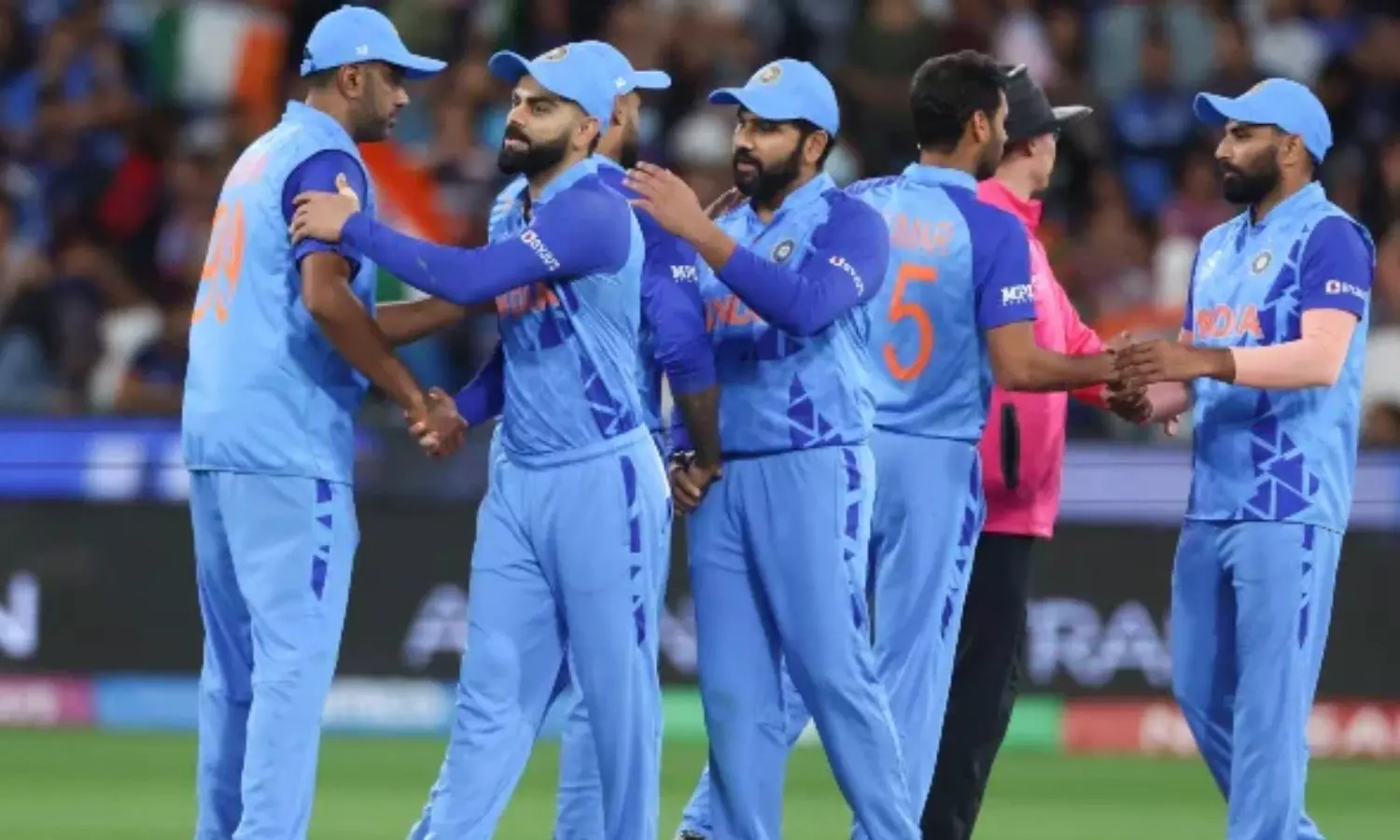This story is about a youngster who had always longed for his team to win in Australia. Back in the 80s, when I was first introduced to the game, it was all fuzzy. Until India won the 1983 World Cup in England, I didn’t know much about the game. All that mattered to me was for India to win and that is irrespective of the sport that I watch. Television in those days was a luxury commodity.
For that matter, even a radio was a luxury commodity for a middle class family like ours. Internet was a term that was not in vogue. I remember waiting for the next day’s newspaper to know the status of a game. I also remember reading only the sports section of the newspaper and that too only news about cricket. Back then, the game fascinated and captured not just mine but the entire country’s imagination.
Life wasn’t so busy. Almost everyone had loads of time to spare and the cricket wasn’t played throughout the year as it is being played now. There were hardly 15 games in a year. Satellite television was something unheard of. So games played in England, Australia or West Indies were never telecast live unless India was involved. The Indian team of the 80s was good but were not excellent. It had 2 brilliant players in Gavaskar and Kapil Dev and one good batsman in Vengsarkar but the rest were mediocre.
Cricket in the 80s
The Indian fans never really had high expectation of our cricket team. There was always a feeling of lethargy in the way the team prepared and played in the series. ODI were not given much respect either. I still remember pretty well that as soon as the Indian team wins the ODI series, all the important players will take a break from the remaining games.
Back in the 80s, the fall of a wicket was never celebrated with high fives or a lap around the ground or mouthing obscene words upon the vanquished. It was always a dignified tap on the shoulders and everyone went back to their fielding position.
The World Cup win of 1983 sort of opened the floodgates for Indian cricket. Ofcourse, it was nothing compared to the wave the game experienced after satellite television burst onto the living rooms but nonetheless, the win certainly increased the following for the game. For a country like India, until that point, that had hardly seen anything chest thumping on the sporting field, this came as a huge surprise.
First television set at home and the struggle to view the game
I still recall the day our first television set landed at our home. It was a black and white Solidaire that weighed like a huge boulder. It had a spin wheel to change the channels though there was only one channel. Doordarshan. There were hardly any programmes on that one channel. So a television set wasn’t really worth it. However, most of the families started to buy one.
My parents were quite understanding. Realising that both my brother and I were very much passionate about the game, they allowed us to watch the matches live at the expense of our studies. I imagine the same scenario across most of the families.
The television fulfilled its worth only when there was a game of cricket. Doordarshan too sprang to life during cricket. The coverage will usually start from 10AM and go on till 5PM and DD was quite happy because the game managed to fill in airwaves. However, the quality of the coverage was horrible to say the least. There was only one camera which is usually stationed behind the batsman. It was extremely difficult to see the ball when it was stationary leave alone when it was on the move. Whenever a batsman scores a boundary or a six, the person behind the lens will be hard pressed to trace the ball.
The ball would have gone over midwicket but the cameraman used to search for the ball at long on. Leave alone the ball, it was difficult to see even the players clearly. Coupled with early morning smoke, it was virtually impossible to see anything clearly.
A word about the commentators
The commentators, if they weren’t on the ground, will not know where the ball went. Speaking of commentators, it was always 2 of them only irrespective of where the game was played. Narotham Puri and Anupam Gulati. One in English and the other in Hindi. The cliques throughout the game must be heard to be believed. Ofcourse, nowadays, listening to a screaming Morrison and partisan Slater, Healy and Taylor, you will be better off listening to the Puris and Gulatis.
World series cricket
I experienced the complete worth of a television set during the World Series Championship in Australia. In my mind, I always imagined how a game of cricket in Australia will be. The beautiful green outfield, rock hard pitch, the design in the outfield, how the ball when driven along the ground, will move serenely along the turf, the Donald Duck walk whenever a batsman fails to open his account, the tough, competitive and above all, how bloody hard for India to win. The day and night games, the white ball, the coloured clothing and the different angles transformed an entire world. Added to that, the gigantic Australian grounds where to run 5 is easier than to score a boundary.
However, what I witnessed during the World Series coverage was on another level. I was stunned by the coverage of that series. It actually opened my eyes to a whole different world of cricket.The white ball was so clear in the night sky. The cameramen hardly struggled to focus on the ball wherever it went. There were cameras both in front and behind the batsman and it felt like the bowler delivered from the same end. It was nothing short of a grand spectacle. The icing on the cake was ofcourse India winning the World Championship.
to be continued……..



